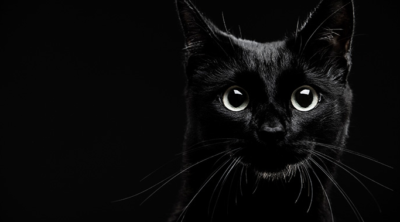Getting a new Persian cat? Then you should know what the common health problems found in Persian cats are so you can be prepared.
Knowing beforehand what to look for and early signs of health concerns are crucial for keeping your hat happy and healthy.
A cat in pain can quickly turn into an aggressive cat in pain, so watching for health concerns can save the demeanor of your feline.
Here are some common health problems found in Persian cats you need to watch out for.
Knowing your Persian
Persian cats have a sophisticated and aesthetic look to them. They’re a popular breed of cats originating all the way back to the Victorian area but are unfortunately susceptible to several health concerns.
These cats have a low energy level and gentle heart, which can make the challenge of finding concerns harder. Since they are low-energy, lonesome feline’s, regular vet check-ups are important for their health.
Keeping your Persian cat healthy throughout their lives is going to benefit them in the long run when it comes to their health.
Some health problems these cats experience are internal which means they should be fed high-quality food. If your Persian cat is a kitten, start them out with wet food before making the switch to dry cat food.
Another important factor for keeping a Persian cat healthy is grooming their coat daily. The coat on a Persian cat is their most notable feature which means it needs to be taken care of and groomed regularly.
These exquisite cats need to be loved and treated properly to ensure their health, and a great way to preserve the health of these animals is to start with their day to day life.
Common health problems found in Persian cats
When your cat gets older, you need to start looking out for common health problems found in Persian cats. Persians do have hereditary health concerns to look out for which include:
- Kidney disease
- Progressive retinal atrophy
- Hypertrophic cardiomyopathy
- And more
Sadly, the kidney disease Persian cats are susceptible to causes the degeneration of kidneys which leads to kidney failure. This is a problem that typically occurs from ages 7-10 in Persian cats, so you don’t need to worry about it early on.
Smart tip: Getting a Persian from a specific breeder? Ask him about the condition of the cat’s parental kidneys. This will give you an indication of if you should run into similar problems.
If your Persian cat deals with PRA (progressive retinal atrophy), then they may become blind early on in life. This condition, unlike kidney disease, starts in the very early stages of life and progresses quickly, causing blindness. Not all Persian’s undergo PRA, but if yours does, keep a lookout on their vision.
If you find a Persian cat from a breeder, you should be on the safer side as breeders work to avoid any health concerns your cat may have. However, this doesn’t mean all cats under breeders are free of health concerns, so knowing what to look for will help keep your Persian healthy!


